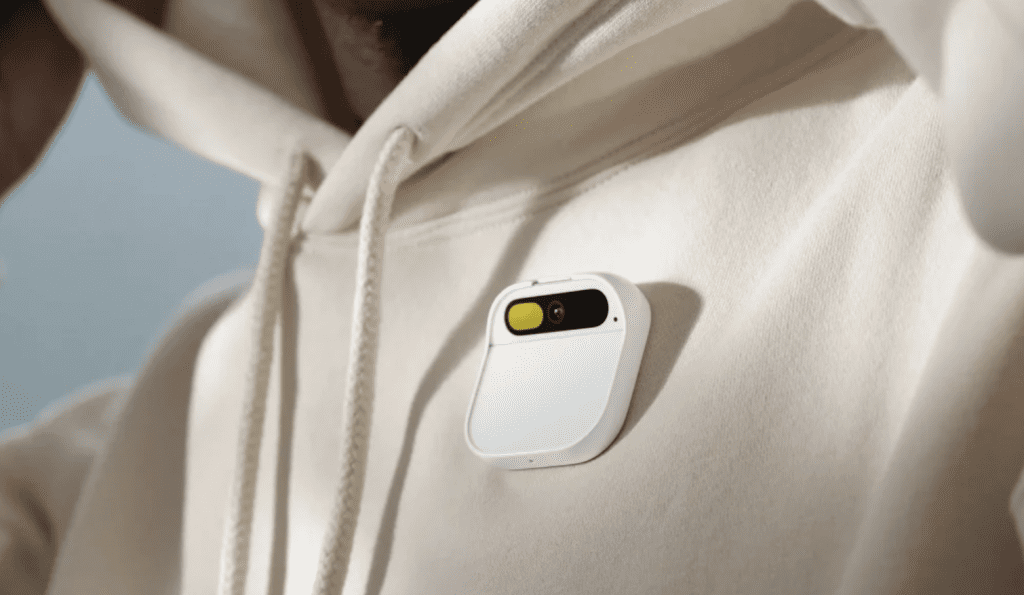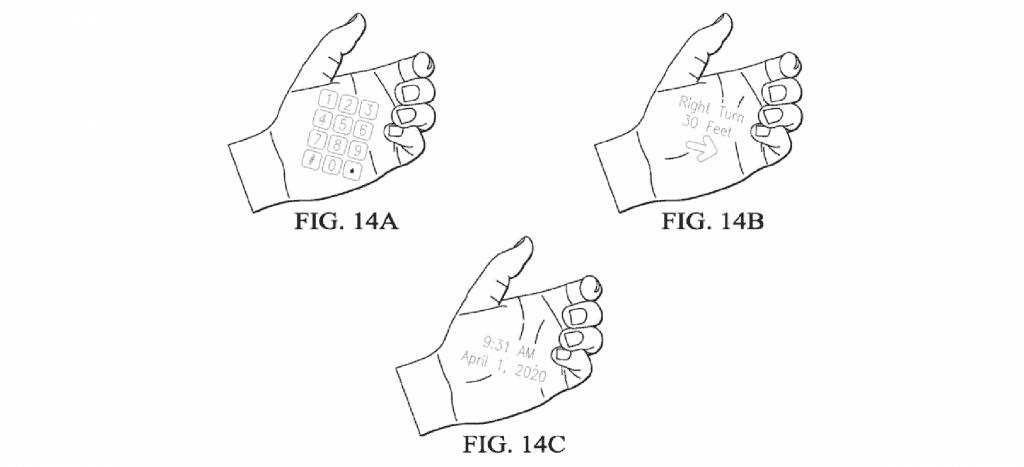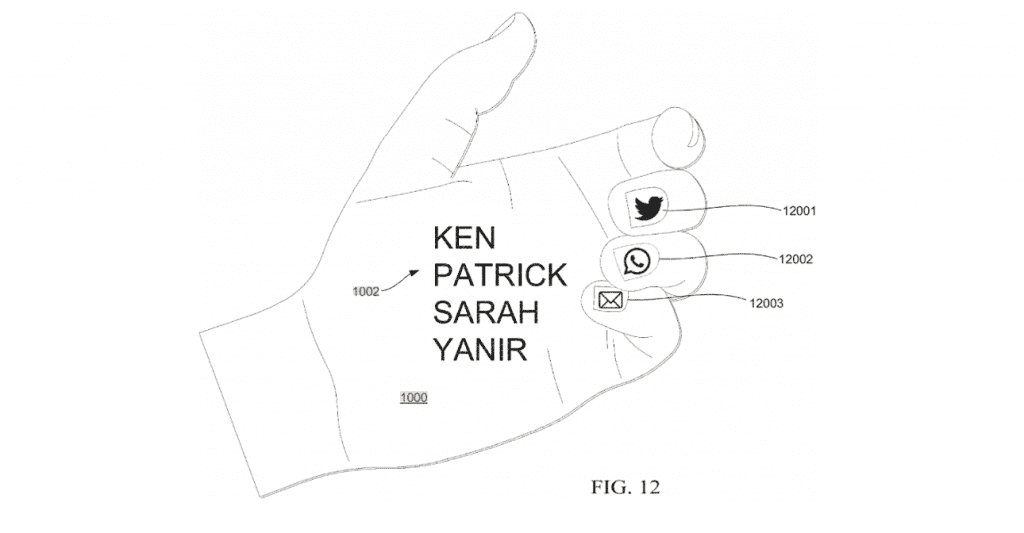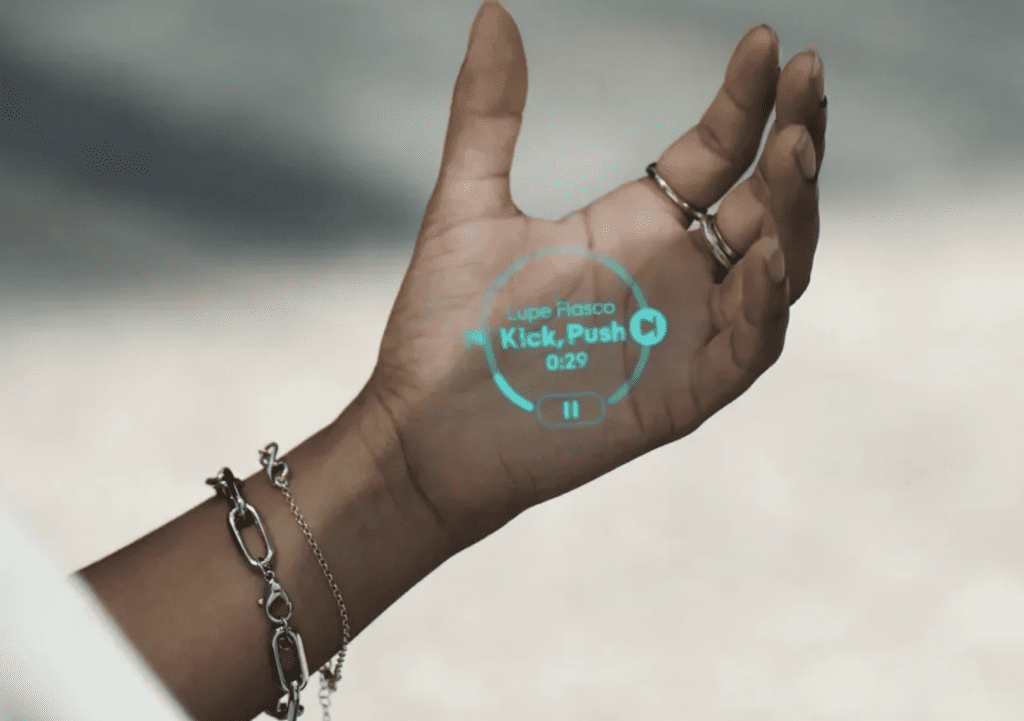In September, models walked the Coperni runway in plunging necklines, suiting of various hues, hints of sportswear, a bit of knitwear, and in a number of instances, a little square device was clipped onto a jacket’s lapel. Hardly an obvious fashion accessory, the device – called the Ai Pin – is what its creators call “the first wearable device and software platform built to harness the full power of artificial intelligence.” The brainchild of former Apple designers Imran Chaudhri and Bethany Bongiorno, the Ai Pin is the first product from Humane and it aims to replace smartphones (and the endless scrolling that comes with them) by allowing users to make calls, send texts, take photos, and look up information via voice controls, no phone necessary.
The result of five years of R&D and $240 million in funding (raised from the likes of Kindred Ventures, Microsoft, Tiger Global, Salesforce, SoftBank Capital, OpenAI’s Sam Altman, etc.), the Ai Pin “redefines how we interact with AI,” Humane said in a statement this past week. “Speak to it naturally, use the intuitive touchpad, hold up objects, use gestures, or interact via the pioneering Laser Ink Display projected onto your palm,” according to the San Francisco-based company, which says that it is “committed to building a future where AI seamlessly integrates into every aspect of our lives and enhances our daily experiences.”

Boasting “unique collaborations” with Microsoft, OpenAI, and Salesforce, among others, Humane has seemingly already found fans and once it begins taking orders for the not-yet-released Ai Pin – with its “starting” price tag of $699 – beginning on November 16, it is likely to find even more. Humane expects to sell roughly 100,000 units of the pin in year one, and will start shipping to consumers beginning in 2024.
Looking beyond characterizations of the Ai Pin as “the future of wearable tech,” the device that just might take a meaningful swing at the dominance of the smartphone, and the “steady drumbeat of [other] hype” (as the New York Times put it recently) that comes with the small square device, which measures just 1.75 inches around, it is worth asking what the patent profile look likes for this potentially groundbreaking new gadget. For starters, the company behind the Ai Pin says that to date, it has twenty-five patents for various aspects of the novel tech accessory.
Humane’s earliest patent filing dates back to May 2018, with the company filing an application for a “wearable multimedia device and cloud computing platform with application ecosystem” (US20180332211A1). The first of Humane’s Ai Pin patents broadly describes a “lightweight, small form factor, battery-powered device that can be attached to a user’s clothing,” with a nod to the pin’s Trust Light via language that states that “one or more light indicators to indicate on/off status, power conditions or any other desired status.” (Hardly an insignificant element in the mix, the company has focused a fair amount of attention to the Trust Light feature in its pre-launch marketing, declaring that “privacy and transparency are paramount with Ai Pin,” and noting that “the device only activates upon user engagement and does not employ ‘wake words’, ensuring it is not always listening or recording.” With this in mind, the Ai Pin “features a prominent Trust Light which indicates when any sensors are active, which is managed via a dedicated privacy chip.”)
Interestingly enough, Munich-based patent attorney Bastian Best states that “the claims of the first publication” – for the foundational “wearable multimedia device and cloud computing platform with application ecosystem” – do not “capture the Ai Pin at all, [and] instead, they are directed to the server-side data processing on a cloud computing platform.”

Building upon its first filing pretty significantly, Humane subsequently shed light on the broad usage of the pin as a “body-worn apparatus,” as well as one of its most distinctive features – the Laser Ink Display – in a patent filing a year later (US20210117680A1) for a “wearable multimedia device and cloud computing platform with application ecosystem.” It is here that Humane not only shed light on the wearability of the device, but on the tech behind the camera, which uses lasers to project a screen on any surface, including the palm of your hand, which is how it has since marketed the projections from the Ai Pin.
After these foundational patent filings, Humane “considerably slowed down their filing activities [for patents], filing only three additional applications for the next couple of years” for the Ai Pin, per Best, who points to filings for: (1) a “portable battery pack for wirelessly charging and communicating with portable electronic device through clothing” (US20210111591A1); (2) “super resolution/super field of view (FOV) digital photography” (US11523055B1); and (3) “dynamic optical projection with wearable multimedia devices” (US20220400235A1).
These have since been followed by a dozen patent family filings (i.e., a collection of patent applications covering the same or similar technical content) lodged in March 2022 for things ranging from “a laser projection on [a] fingernail” (US20230280867A1) and “automatic camera exposures for use with wearable multimedia devices” (US20230283886A1) to systems for “composing electronic messages based on speech input” and editing them (US20230282214A1) and “displaying images using wearable multimedia devices” (US20230283885A1).

Still yet, additional patents for the Ai Pin extend to a “portable battery pack for wirelessly charging and communicating with portable electronic device through clothing” (US20230327497A1) and “gesture recognition for wearable multimedia device using real-time data streams” (US11816269B1) with more expected as the company continues to build out/improve upon its initial product offering.
THE BIGGER PICTURE: The launch of the Ai Pin comes as the fever pitch around AI is at what seems like an all-time high. In addition to ever-rising media attention, all eyes appear to be on AI – not least of which are those in Silicon Valley, where tech giants like Microsoft and Google are placing big bets on the future of AI and venture funds are pouring billions of dollars into the tech, including in its generative form (and in at least some cases, pushing back against copyright licensing in the process). At the same time, the White House – which issued an Executive Order in late October calling on federal agencies to act, including by developing “standards, tools, and tests to help ensure that AI systems are safe, secure, and trustworthy” – is paying attention, along with other national and international bodies. And at the same time, courts are having their say, as well, particularly in light of looming questions about how AI falls into our existing framework of legislation, including on the intellectual property front.
All the while, consumers, who have had brushes with AI for years now thanks to things like AI-powered chatbots, are getting a very clear taste of AI via platforms like ChatGPT, which boasted 23 million downloads in September, alone. Humane’s Ai Pin may be the next big step forward should consumers opt to shell out $699 (plus $24 per month) and clip the potentially-revolutionary little pin to their tops.











